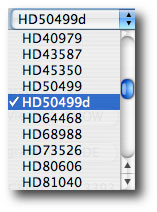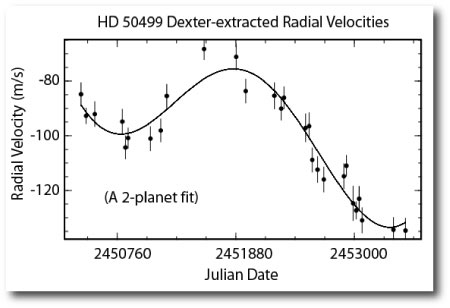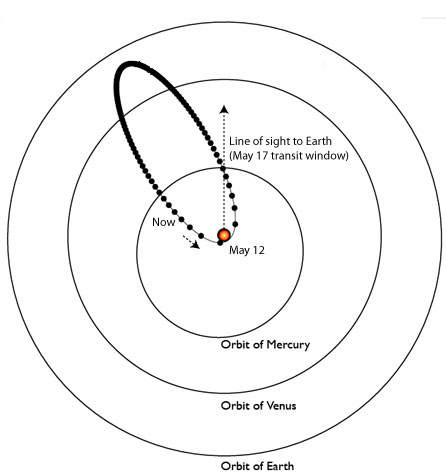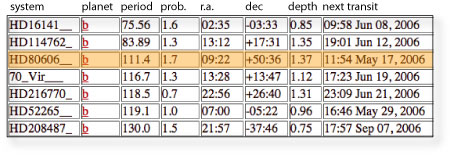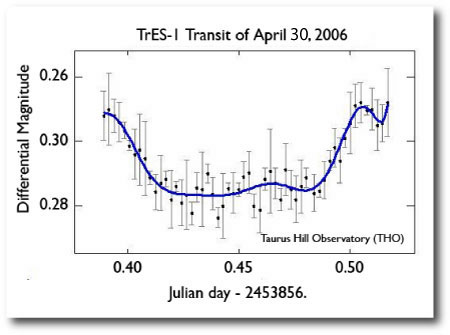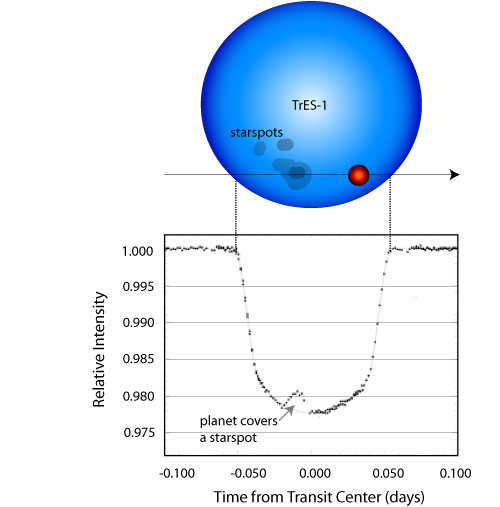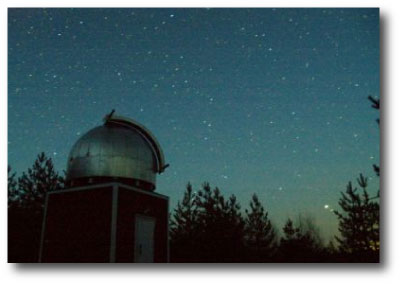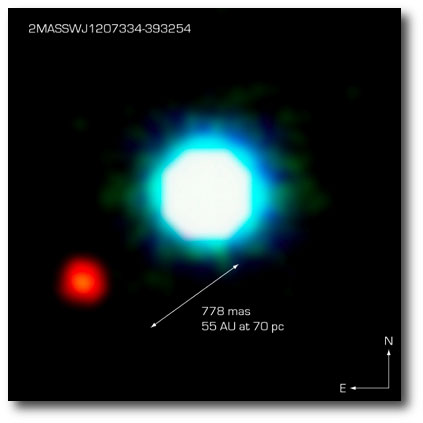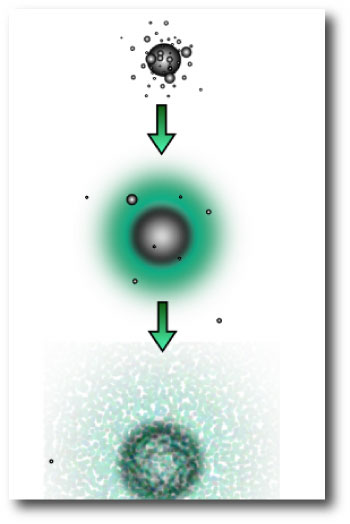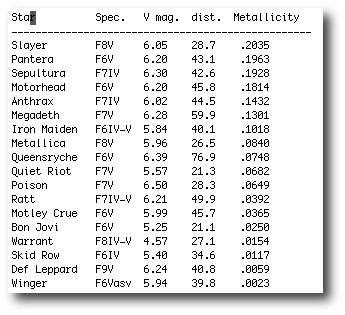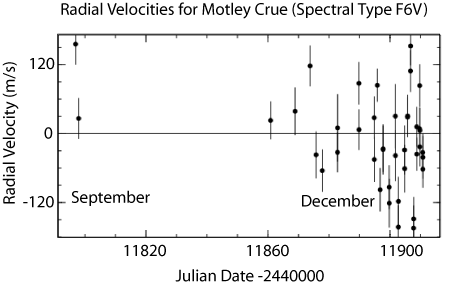Many systemic readers have not yet experienced the thrill of fitting planetary systems with the systemic console because the console fails to properly launch in their browser. The standard refrain for the last several months has been, “We’re working on it…”
Tomorrow, we’ll be releasing an upgraded version of the console in downloadable form. We’ve tested this version on Mac OSX, Windows, and Linux platforms, and we’ve gotten it to work on all three.
The downloadable version of the console will contain a number of new features, including a sonification button that brings up the following window:
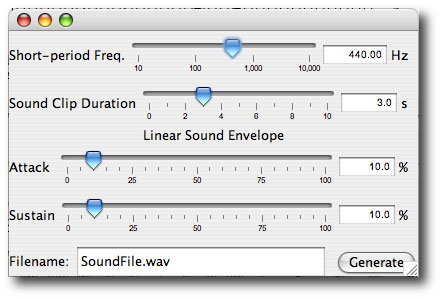
Sonification takes the N-body initial condition corresponding to the current positions of the console sliders and performs an integration of the equations of motion to produce a self-consistent radial velocity curve for the star. The radial velocity curve is then interpreted as an audio waveform and the resulting audio signal is written to the .wav format. You, the user, choose the duration of the integration and the audio frequency to which the innermost planet’s orbital frequency is mapped (440 Hertz, for example, corresponds to the A below middle C). A simple envelope function is also provided in order to avoid strange-sounding glitches associated with sharp turn-on and turn-off transients.
A single planet in a circular orbit produces a pure sine-wave tone. Very boring. The introduction of orbital eccentricity adds additional frequency content to the single-planet signal, and produces a variety of buzzing hornlike timbres, depending on the chosen values for the eccentricity and longitude of periastron. (For example, here are tones corresponding to keplerian orbits with [1] e=0.5, omega=90 deg; [2] e=0.9, omega=150 deg; and [3] e=0.9, omega=312 deg).
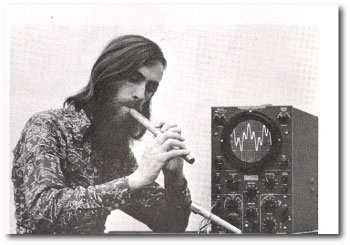
I scanned the above photo from my groovy 1974 edition of Conceptual Physics. Author Paul Hewitt is using a pipe to generate what looks to be a 420 Hz tone. The oscilliscope trace indicates that the pipe is producing both a fundamental frequency as well as a first overtone. A similar effect can be had with the console by adding an additional planet and sonifying the resulting radial velocity curve. For example, a quick fit to the 55 Cancri data-set generates a flute-like timbre that arises primarily from the near 3:1 commensurability of the orbits of the 14.65 and 44.3 day planets. Here’s a detail from the waveform:
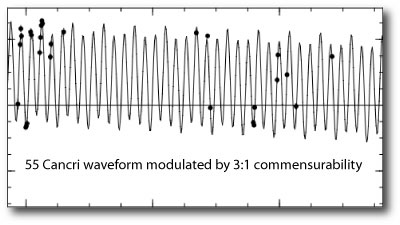
And here’s the .wav format audio file corresponding to the 55 Cancri fit.
Systems in 2:1 mean-motion resonances can generate some very weird audio waveforms. Oklo favorite GJ 876 was the first (and is still by far the best) example of a 2:1 resonant configuration. GJ 876’s audio signal, however, is pretty lackluster (the .wav file is here). This is because the system is so deeply in the resonance that the waveform has a nearly invariant long time-baseline structure. Much more interesting from an audio standpoint, are the newly discovered 2:1 resonant systems HD 128311 and HD 73526. With the console, one can work up a quick fit to the HD 128311 data set which has one 2:1 resonant argument in circulation and the other in libration.
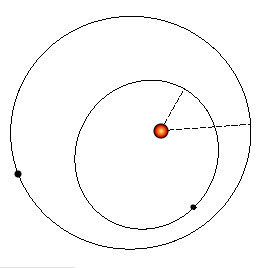
The long-term orbital motion is completely bizarre (as shown by this .mpeg animation) and the corresponding audio file [.wav file here] has a certain demented quality. The signal definitely evolves on longer timescales than shown in this snapshot of the fit:
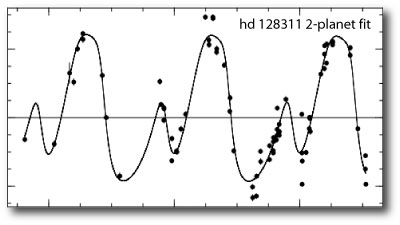
Results-oriented planet hunters should definitely be asking, “Does sonification have any scientific utility?”
Maybe. I’ll be posting more fairly soon on why we think sonification might be useful, but here’s a straw-man example. Call up the data set for HD 37124 on the console. There are a lot of ways to get an acceptable orbital model for this system, including a panoply of far-out configurations like this one:
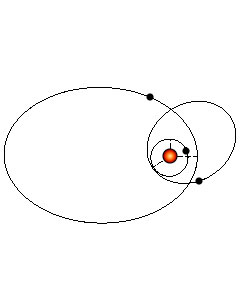
The corresponding waveform looks like this:
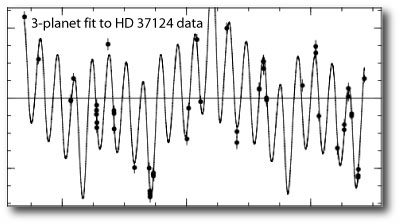
If we sonify the fit, we can literally hear the system going unstable (.wav file here). The question is, can a trained ear “hear” signs of instability well before the actual drama of collisions and ejections occurs?


